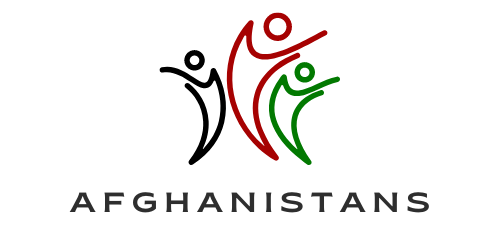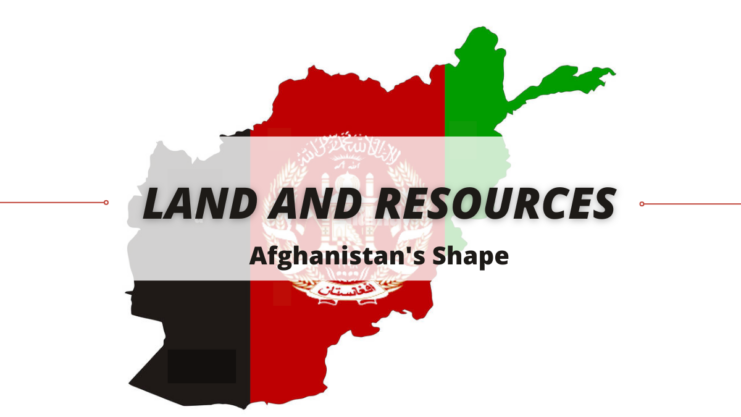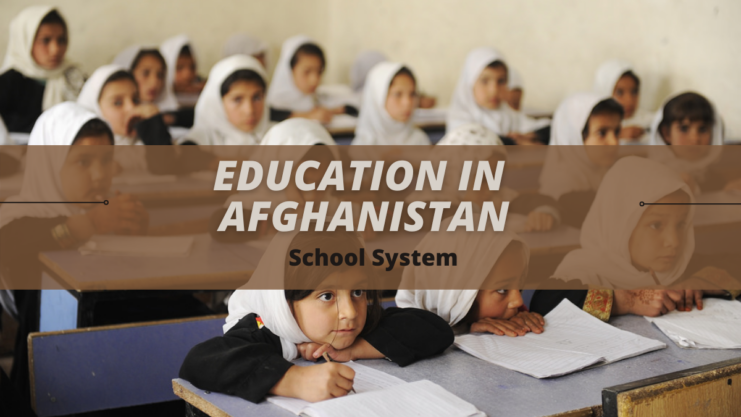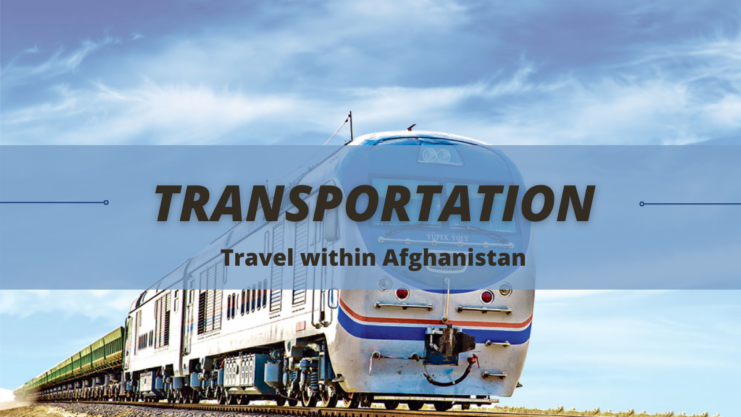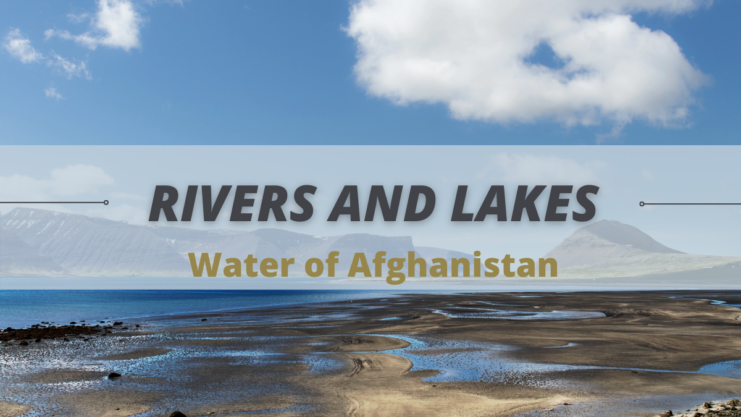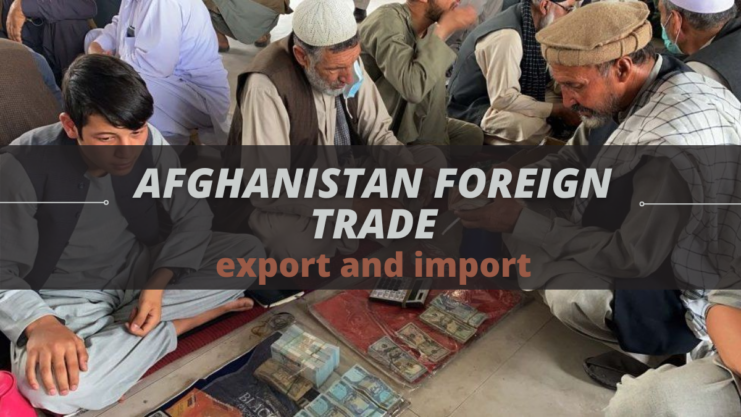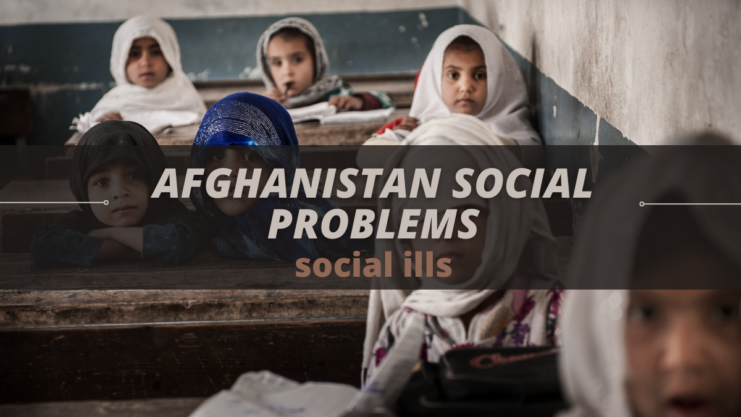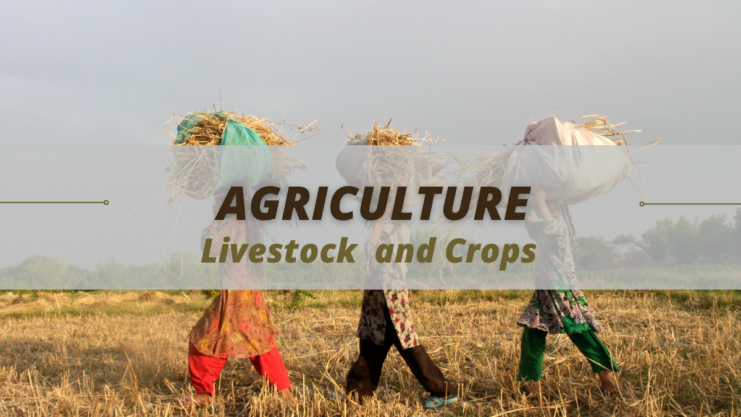Afghan Music – Traditional Folk Songs, Ballads and Dances
Music is represented chiefly by traditional folk songs, ballads, and dances. Among the stringed instruments, the six-stringed rohab is thought to be the ancestor to the Western violin and cello. Other instruments include the santur (a kind of zither), a hand-pumped harmonium, the chang (a plucked mouth harp), and a variety of drums beaten with the palm and fingers. The attan dance … Read more
